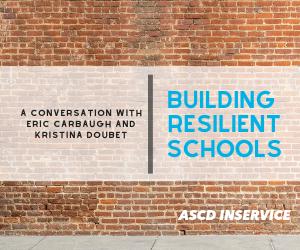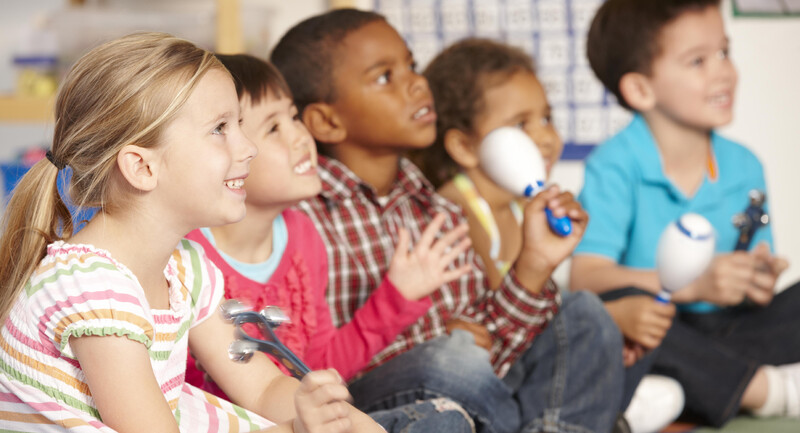As attention on student academic growth and recovery has climbed over the course of this year, many educators have emphasized to themselves, their communities, and policymakers: Schools must address learners’ deep social and emotional (SEL) needs, too. But what that imperative means in practical terms isn’t always clear.
Sure, students need help communicating feelings, regulating emotional responses, and finding ways to cope with disappointment or even trauma. But principals and administrators today face a wide, and potentially even overwhelming, array of SEL programming and strategies to choose from—and they don’t always have guidance on what is the best programming option for their school.
A new report, “Navigating SEL from the Inside Out,” from the Harvard Graduate School of Education in partnership with the Wallace Foundation, seeks to fill that gap for educators, specifically those at the secondary level. A group of researchers led by Harvard professor of education Stephanie Jones evaluated 18 social and emotional learning programs for middle and high school students with the aim of highlighting what works about each of these initiatives, and what kinds of school contexts they are best suited to. The goal of the report, the researchers note, is to help schools choose a program that “best suits their needs.” (The study is a follow-up to a previous guide focused on elementary-level students.)
Spotlighting Promising Programs
To begin their analysis, researchers selected 18 SEL programs offered in both schools and in extracurricular settings that served students in the middle and high school age range, could be used and acquired by most schools or afterschool programs, had accessible materials and implementation information, and were well-aligned with SEL goals and fostering student well-being.
These programs include, for example, Responding in Peaceful and Positive Ways (RIPP), a violence prevention program first developed for public school students in Virginia, and Building Assets, Reducing Risks (BARR), a national initiative aimed at understanding students as learners and people beyond their academic performance alone.
The researchers consulted previous studies, randomized controlled trials, and evaluated the programs against the Every Student Succeeds Act criteria for SEL interventions to ensure that each of these initiatives demonstrated evidence of effectiveness. But creating this list was challenging, the report notes, because federal and state policies have often focused on promoting SEL programming for elementary levels, meaning programs for adolescents have received less attention overall.
Once they had their final list, the research team identified which of 24 SEL skills (e.g., understanding social cues or demonstrating strong self-esteem) each program targeted and which instructional methods they utilized. BARR, for example, focuses on whole-class and peer discussion. RIPP does too, but also includes a significant amount of didactic instruction. The report provides a detailed profile of each of these programs, with specific information on what kinds of learning contexts they are best suited for. An additional worksheet titled, “How to Use the Navigating SEL Guide,” can help school leaders understand exactly how to interpret the study’s findings.
As the researchers state, school leaders and administrators have a lot to consider when they are evaluating new SEL programming for their communities. This guide seeks to provide deeper dimensions to that process.
“We often hear that logistical considerations such as time, training, and cost are the key factors driving decisions about program selection,” the researchers write. “Though these parameters are certainly important . . . SEL programs are ultimately most successful when they are feasible and when they are a good fit for the context.”
The goal of the report is to help schools choose a program that 'best suits their needs.'
What Adolescents Need Today
At 416 pages, the full guide is detailed and elaborate, in part because the researchers take care to explore how critical SEL training and skills development is for adolescents, specifically. The kinds of social and emotional support tweens and teens need, the researchers explain, has only recently gained prominence thanks to more national funding opportunities and heightened attention to student mental health and well-being within this age group.
As the report outlines, schools that serve these students also face specific complications when it comes to implementing successful SEL programming. Middle and high school schedules are often more individualized and fragmented than those at the elementary level. As a result, SEL programming for this age group needs to be flexible in how it is integrated and delivered within the school day. School leaders might consider providing adaptable lesson plans to teachers based on their time and resources or setting aside time for regular and intentional community building.
But this flexibility also requires educators to embrace an entire school culture that is safe and supportive by equipping all adults with SEL training and seeking to intentionally affirm learners’ identities and autonomy.
“Focusing on both student skill-building and school culture and climate is likely to be the most effective approach to SEL,” the researchers write.
Ultimately, maybe even unfortunately, this guide can’t do the work of implementing SEL programming itself. School leaders and administrators who consult this report will still need to use their own judgement and draw on knowledge of their own learning communities in order to decide what kind of SEL initiative is right for their students. But with the detailed, step-by-step approach this research provides, leaders may have a much stronger foundation for making these decisions. And hopefully, with SEL in mind, they can provide that same solid grounding for their schools.








